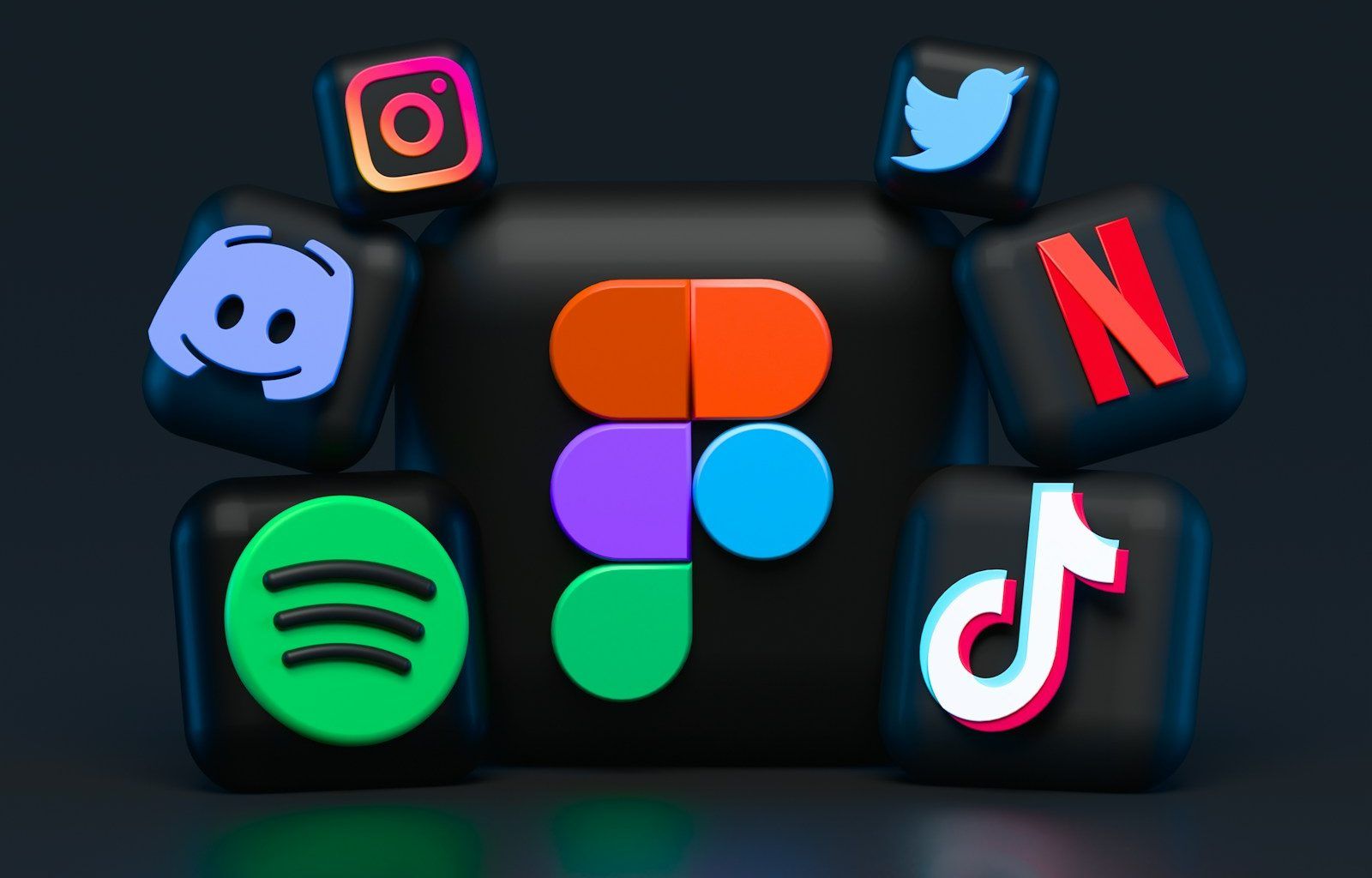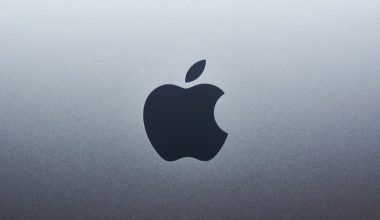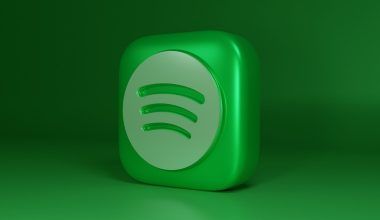If you’ve ever wondered how your favorite artists make money from Spotify, you’re not alone. Streaming platforms like Spotify have changed how we listen to music and how artists earn a living. But is it fair? How does the money flow? And more importantly, do artists get paid from spotify? Let’s dive in.
How Spotify Works: A Quick Overview
Before we talk money, let’s understand how Spotify operates. Spotify is a music streaming service with millions of songs available to listeners worldwide. Instead of buying albums or individual songs, users pay a subscription fee or listen for free with ads.
Spotify earns revenue from these subscriptions and ads. This revenue is then used to pay licensing fees to record labels, publishers, and—ultimately—artists. But as you’ll see, it’s not as simple as splitting the pie evenly.
The Payment Structure: Where Does the Money Go?
Spotify uses a complex payment structure to distribute the money it earns. Here’s the general flow:
- Revenue Pool: Spotify collects all its revenue from subscriptions and ads.
- Licensing Fees: A large chunk goes to licensing fees paid to record labels and publishers.
- Royalties: The remaining amount is distributed as royalties to artists, songwriters, and rights holders.
Now, here’s the tricky part: artists don’t get a fixed amount per stream. Instead, the payout depends on various factors like total streams, the country of the listener, and the type of account (premium or free).
Do Artists Get Paid Directly from Spotify?
No, most artists don’t get paid directly from Spotify. In most cases, the money first goes to record labels or distributors, who then take their cut before paying the artists. This means the actual amount an artist receives can be much lower than you’d expect.
For independent artists, the process is slightly different. They might work with distributors like TuneCore or CD Baby to upload their music to Spotify. These distributors collect the royalties and pay the artists directly, often taking a small percentage as their fee.
How Much Do Artists Earn per Stream?
Here’s the million-dollar question—or, in this case, the fraction-of-a-penny question. Spotify’s per-stream payout varies but usually falls between $0.003 and $0.005 per stream. To put this into perspective:
- 1,000 streams = $3 to $5
- 1,000,000 streams = $3,000 to $5,000
While these numbers might sound decent, it’s important to remember that only a fraction of the money actually reaches the artist’s pocket.
Why Don’t Artists Earn More from Spotify?
Several factors impact how much an artist earns:
- Revenue Split: Record labels often take the largest share of royalties. In some cases, artists may only get 10–15% of the total payout.
- Competition: Spotify’s revenue is divided among all streams on the platform. So, if a major artist releases a new album, it could impact payouts for smaller artists.
- Streaming Model: Spotify uses a pro-rata model, meaning the more streams an artist has compared to others, the bigger their share.
Can Independent Artists Make a Living from Spotify?
Independent artists have more control over their earnings since they don’t have to split royalties with a record label. However, they still face challenges:
- Building an audience takes time.
- Marketing and promotion costs can eat into profits.
- Streaming alone may not provide a sustainable income.
Despite these challenges, some independent artists use Spotify as one part of a broader strategy. They might combine streaming income with live performances, merchandise sales, and fan support platforms like Patreon.
What About Songwriters?
If you think the artists have it tough, spare a thought for songwriters. Songwriters earn a separate type of royalty called mechanical royalties, which are typically much smaller than performance royalties.
Spotify does pay for these royalties, but the money goes through publishers and rights organizations before it reaches the songwriter. This extra layer can delay payments and reduce the amount received.
The Controversy Around Spotify Payouts
Spotify has faced criticism from artists and fans alike for its low payouts. High-profile musicians like Taylor Swift and Thom Yorke have publicly spoken out against the platform, with some even pulling their music in protest.
The main argument is that Spotify’s payment model favors big-name artists and leaves smaller musicians struggling. Critics also point out that Spotify’s CEO has a multi-million-dollar salary, while many artists can barely make ends meet.
What Is Spotify Doing to Address the Issue?
Spotify has made some efforts to support artists, such as:
- Spotify for Artists: A platform that provides data and tools to help musicians understand their audience and grow their streams.
- Fundraising Tools: During the COVID-19 pandemic, Spotify introduced features to help artists raise money directly from fans.
- Educational Resources: Spotify shares guides and tips for artists to maximize their earnings.
While these initiatives are helpful, they don’t address the core issue of low payouts.
How Fans Can Support Artists on Spotify
As a listener, you can help your favorite artists earn more by:
- Streaming More: Every play counts, so don’t hesitate to hit replay.
- Using Premium: Premium accounts generate more revenue than free accounts with ads.
- Sharing Music: The more people stream an artist’s music, the higher their payouts.
- Exploring Merch: Many artists link their merchandise and concert tickets directly to their Spotify profiles.
Is Spotify Good or Bad for Artists?
It’s a mixed bag. On one hand, Spotify gives artists access to a global audience. It’s an incredible tool for discovery and connection. On the other hand, the financial rewards often don’t match the effort artists put into creating their music.
For many musicians, Spotify is just one piece of the puzzle. They use it as a promotional tool while relying on other income sources to sustain their careers.
The Future of Artist Payments on Spotify
The debate around artist compensation isn’t going away anytime soon. Some potential solutions being discussed include:
- User-Centric Payment Model: Instead of pooling revenue, each listener’s subscription fee would go directly to the artists they stream.
- Higher Subscription Costs: Raising the price of premium accounts could increase payouts.
- Government Regulation: Some advocate for laws to ensure fairer payment structures.
Conclusion
So, do artists get paid from Spotify? Yes, but the process is far from straightforward, and the earnings are often underwhelming. While Spotify provides incredible exposure, it’s not a guaranteed income source for most musicians.
As fans, we can play a role in supporting the artists we love. Whether it’s streaming more, attending concerts, or buying merch, every little bit helps. At the same time, the music industry must continue to evolve to ensure fair compensation for the talent that brings so much joy to our lives.
Understanding how artists get paid from Spotify is the first step toward making the music world a fairer place.
For further reading, explore these related articles:
For additional resources on music marketing and distribution, visit DMT Records Pvt. Ltd..






